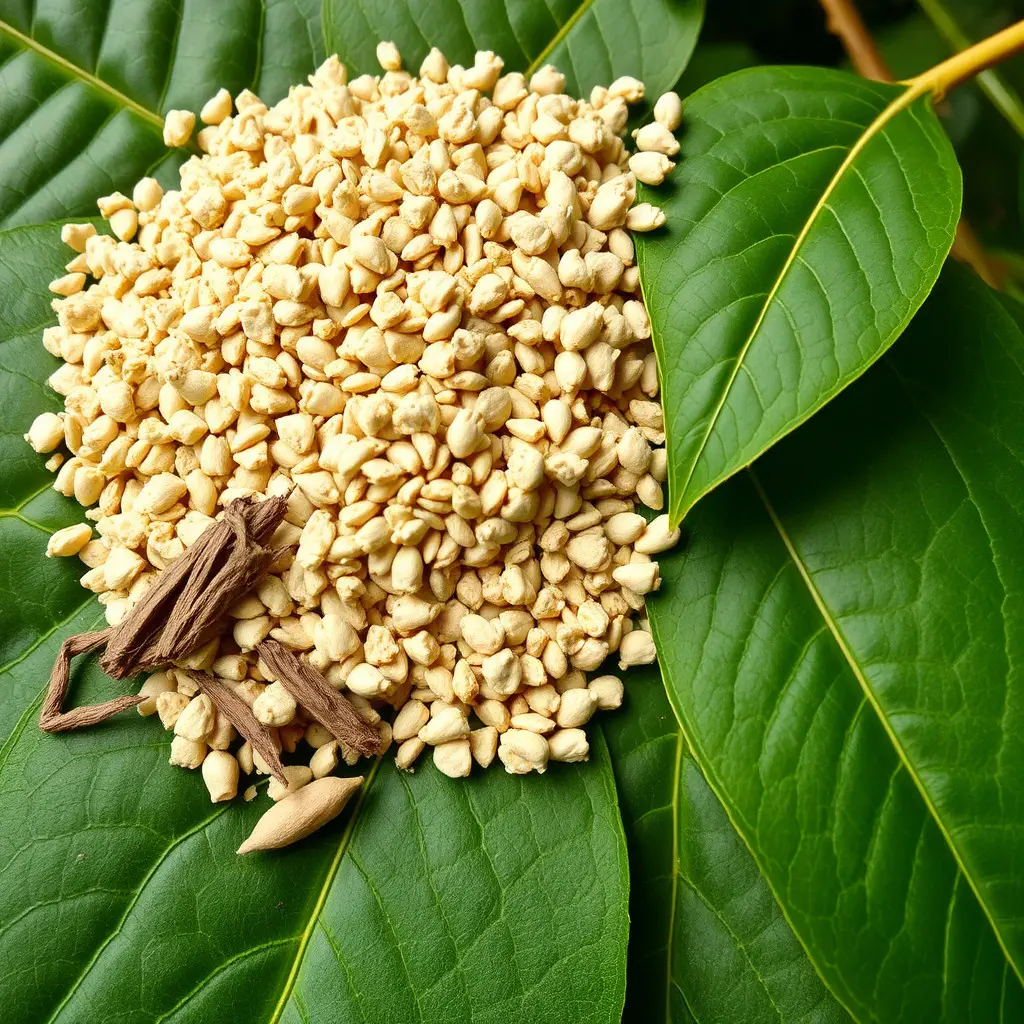Muscle soreness, particularly delayed onset muscle soreness (DOMS), is a common outcome of intense physical activity and can occur within 24 to 72 hours post-exercise due to factors like eccentric contractions or overuse. While engaging in activities such as those involving blue lotus smoke, which has cultural significance and can show up positive on drug tests, can exacerbate this soreness, it also provides insights into how the body responds to exercise and recovery. To effectively manage muscle soreness, it's important to adjust workouts with active recovery, flexibility exercises, and modified strength training, alongside maintaining proper nutrition, hydration, and adequate rest. Understanding the impact of muscle soreness on athletic performance is crucial for strategic planning to minimize its effects and ensure consistent improvement in fitness levels.
When it comes to blue lotus smoke specifically, while it has been used historically for holistic healing and may offer potential benefits for muscle recovery and pain management by influencing neurotransmitter activity, caution is advised due to its similarity to psychoactive substances, which could lead to a false positive on drug tests. This necessitates careful consideration and professional guidance for those who use it and are subject to regular drug testing, such as athletes. To safely navigate fitness routines that may induce muscle soreness while under drug testing scrutiny, incorporating light resistance training, yoga, or Pilates alongside a balanced diet and proper hydration is recommended. These strategies not only help maintain muscle function but also promote mind-body awareness to differentiate between healthy fatigue and detrimental soreness, ultimately supporting safe and effective progress toward wellness objectives.
Muscle soreness can be a persistent challenge for athletes and fitness enthusiasts alike, often hindering performance and overall health. This article delves into the science of muscle soreness and its effects on workout routines, offering insights on how to effectively manage this discomfort. We explore the emerging role of Blue Lotus Smoke in recovery strategies, including a careful examination of drug test considerations for those who choose to incorporate it into their regimen. Finally, we guide you through crafting personalized workout plans designed to alleviate muscle soreness, enhancing your fitness journey and promoting long-term health. Join us as we navigate the intersection of wellness, recovery, and tailored fitness solutions.
- Understanding Muscle Soreness and Its Impact on Workout Routines
- The Role of Blue Lotus Smoke in Recovery and Drug Test Considerations
- Crafting Customized Workout Plans to Alleviate Muscle Soreness for Enhanced Performance and Health
Understanding Muscle Soreness and Its Impact on Workout Routines

Muscle soreness, often characterized by discomfort or pain in the soft tissues, can be an acute response to intense physical activity. This phenomenon, commonly known as delayed onset muscle soreness (DOMS), typically occurs within 24 to 72 hours post-exercise and is often associated with eccentric contractions, unfamiliar movements, or overuse. Understanding the mechanisms behind muscle soreness is crucial for optimizing workout routines, especially when incorporating physical activities that may lead to its occurrence, such as those involving blue lotus smoke, a substance traditionally used in some cultures and which can be detected in drug tests. Engaging in an activity like blue lotus smoke drug test awareness can provide insights into how such substances interact with the body’s response to physical exertion and recovery processes. For individuals experiencing muscle soreness, it is important to tailor workout plans to alleviate discomfort while promoting muscular health. This may involve a combination of active recovery, flexibility exercises, and strength training with lighter weights or fewer repetitions to prevent further strain. Proper nutrition, hydration, and rest are also key components in managing muscle soreness and ensuring that workouts remain effective and safe. By understanding the impact of muscle soreness on workout routines, athletes and fitness enthusiasts can implement strategies to mitigate its effects, maintain their training regimen, and enhance overall performance.
The Role of Blue Lotus Smoke in Recovery and Drug Test Considerations

Blue Lotus Smoke, derived from the Nymphaea caerulea plant, has been a subject of interest in holistic healing practices due to its potential role in recovery and pain management. Traditionally used in ancient remedies, recent studies suggest that it may offer relief for muscle soreness by interacting with neurotransmitters in the body. This interaction can lead to a reduction in inflammation and a decrease in the perception of pain, which is particularly beneficial for individuals engaged in rigorous exercise routines. However, it’s crucial to approach its use judiciously, especially when considering drug tests. Blue Lotus Smoke contains trace compounds similar to those found in other psychoactive substances, which can potentially result in a positive reading on drug screening tests. Athletes and those subject to workplace or legal drug testing should be aware that the use of Blue Lotus Smoke might be detected, depending on the sensitivity of the test and the metabolism of the individual. Therefore, while it may aid in recovery, its inclusion in a workout regimen must be weighed against the risk of triggering a positive drug test result. Individuals considering its use should consult with healthcare professionals and be transparent about their supplement usage if undergoing any form of drug screening.
Crafting Customized Workout Plans to Alleviate Muscle Soreness for Enhanced Performance and Health

When incorporating a fitness regimen that includes exercises likely to induce muscle soreness, it’s crucial to design customized workout plans that cater to individual recovery needs. For those who may utilize supplementary substances such as blue lotus smoke and are subject to drug testing, it’s essential to understand how these substances interact with workout recovery. Blue lotus, known for its sedative properties, might impact muscle healing processes. A tailored workout plan should consider the potential effects of such substances on the body’s natural recovery mechanisms. It should focus on exercises that minimize stress on sore muscles while promoting overall muscular health and flexibility. Incorporating a variety of movements like light resistance training, yoga, or Pilates can maintain muscle function without exacerbating soreness. Additionally, these activities encourage mind-body awareness, which is beneficial for distinguishing between helpful muscle fatigue and potentially harmful soreness. Proper hydration, adequate rest, and balanced nutrition further support recovery and performance enhancement, allowing individuals to engage in their fitness routines with greater confidence and safety, even under the scrutiny of drug testing protocols. By adhering to a personalized workout plan that prioritizes recovery and health, individuals can effectively manage muscle soreness and continue to achieve their fitness goals.
Muscle soreness can significantly impact an individual’s workout routine, potentially hindering performance and overall health. Understanding the mechanisms behind muscle soreness is crucial for tailoring effective recovery strategies, which may include alternative methods like Blue Lotus Smoke, a topic that necessitates careful drug test considerations. By crafting personalized workout plans that incorporate recovery techniques, athletes can not only alleviate muscle soreness but also enhance their performance and promote long-term health. Incorporating such customized approaches allows for a balanced fitness regimen that addresses individual needs, ensuring a safer and more effective training experience.






